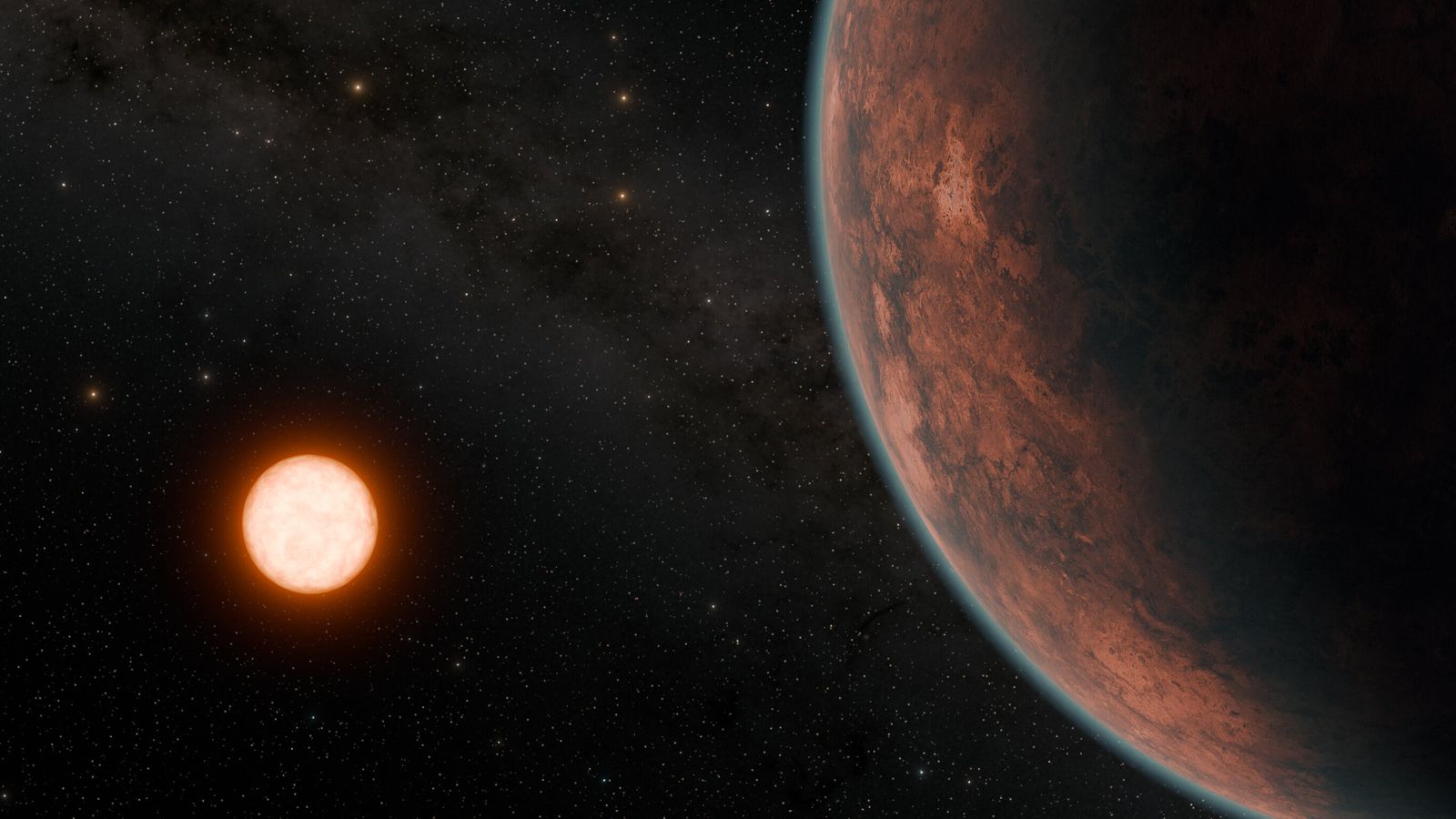Scientists have bring to light new planet that could support human life, around same size as earth

Image Credit: R. Hurt/JPL-Caltech/NASA
25th June 2024 4 mins read
Two UK scientists have discovered a new planet that could support life, smaller than Earth but bigger than Venus, orbiting a smaller star about 40 light years away. However it'd take our fastest spaceship around 300,000 years to get there currently.
The name of the exoplanet is Gliese 12b, is about 27% the size of our sun and 60% of its temperature, according to the two studies published. The planet, which is around the same size as Venus, orbits its sun every 12.8 days. The sun, called Gliese 12, is a cool red dwarf located in the constellation Pisces.
Working on the assumption that the exoplanet doesn’t have an atmosphere, scientists calculated its surface temperature to be around 107 degrees Fahrenheit (42 degrees Celsius).
Once temperate Earth-size planets have been identified, scientists can then analyze them to determine which elements are contained in their atmospheres and, crucially, whether water is present to sustain life.
Advertisement
"The light we are seeing now is from 40 years ago - that's how long it has taken to reach us here on Earth," said Warwick's Professor Thomas Wilson, who was involved in the discovery.
"Planets like Gliese 12b are few and far between, so for us to be able to examine one this closely and learn about its atmosphere and temperature is very rare."
The next step is for the team to examine the planet's atmosphere and find out whether it is similar to Earth's. "It could actually be a planet with no atmosphere, which would mean it's not that habitable," said Ms Palethorpe. "Ideally for habitability, you want a thin atmosphere - thick-atmosphere planets tend to be too hot. It could be cloud like, it could be hazy, or it could just be no atmosphere at all."
Advertisement
Read Also
Place Your Advert Here